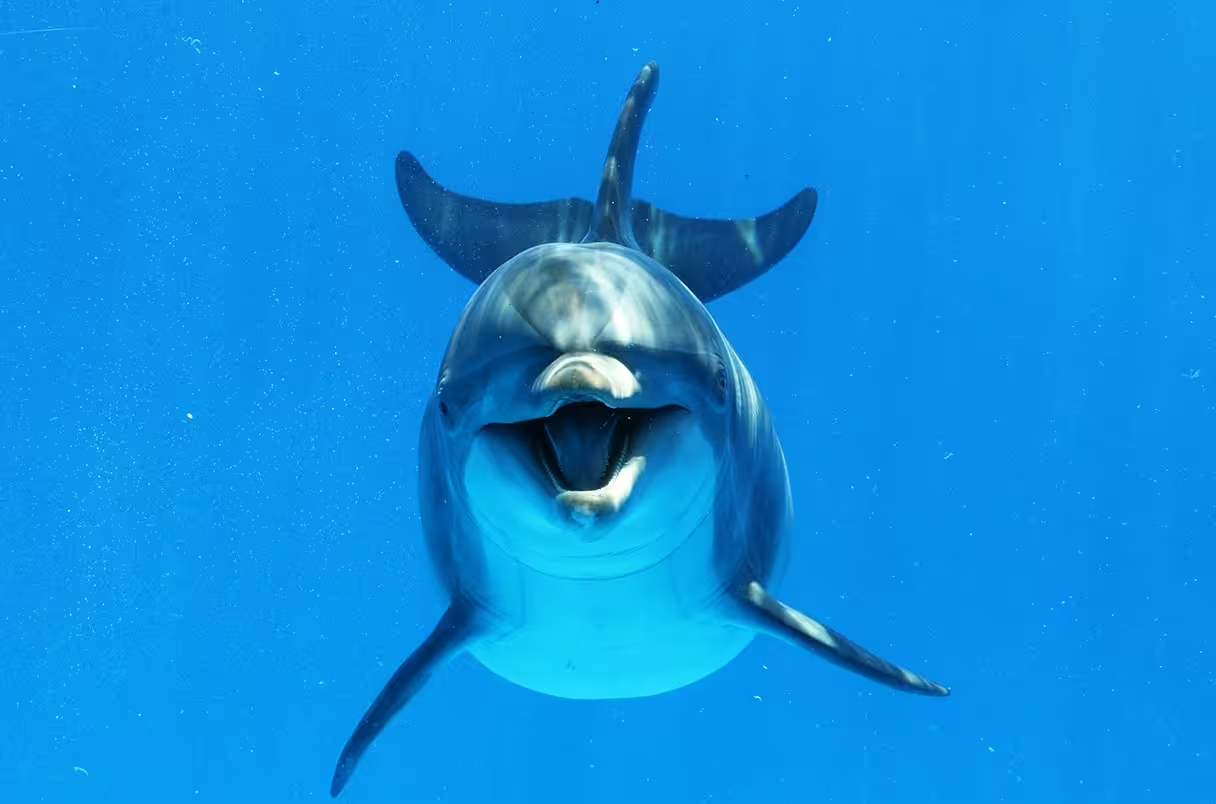According to our new study published in the journal PLoS OneBottlenose dolphins in Florida’s Sarasota Bay and Louisiana’s Barataria Bay are inhaling microplastic fibers. Tiny bits of plastic have spread all over the planet, on land, in the air, and even in clouds.
According to estimates, there are nearly 170 trillion microplastic particles in the oceans alone. Research worldwide has revealed that humans and wildlife are exposed to microplastics mostly through food and drink as well as breathing.
Our study shows that microplastic particles breathed by bottlenose dolphins (Tursiops truncatus), is similar in chemical composition to particles found in human lungs. It is not yet known whether dolphins are more exposed to these pollutants than humans.
Why is this important?
In humans, inhaled microplastics can cause inflammation in the lungs, which can lead to problems such as tissue damage, excess mucus, pneumonia, bronchitis, scarring, and possibly cancer. Because dolphins and humans inhale similar plastic particles, dolphins may experience the same lung problems.
Research also shows that plastic contains chemicals that can affect reproduction, cardiovascular health, and neurological function in the human body. Since dolphins are mammals, microplastics can also pose a risk to their health.
Bottlenose dolphins, top predators with lifespans that span decades, help scientists understand the effects of pollutants on marine ecosystems and the associated health risks to people living near shores. This study is important because more than 41% of the world’s population lives within 62 miles (100 km) of the coastline.
What is still unknown
According to scientists, the oceans contain trillions of plastic particles that get there through runoff, sewage or airborne deposition. Ocean waves can blow these particles into the air.
In fact, bubble bursts caused by wave energy can release 100,000 metric tons of microplastics into the atmosphere per year. Because dolphins and other marine mammals breathe at the surface of the water, they may be particularly vulnerable to exposure.
Where there are more people, there is usually more plastic. But for small plastic particles floating in the air, this connection is not always true. Airborne microplastics are not limited to densely populated areas; They also pollute undeveloped areas.
Our study found microplastics in the breath of dolphins living in both urban and rural estuaries, but we don’t yet know if there are significant differences in the amount or type of plastic particles between the two habitats.
How do we do our job?
Breath samples for our study were collected from wild bottlenose dolphins during a catch-and-release health assessment conducted in partnership with Chicago Brookfield Zoo, the Sarasota Dolphin Research Program, the National Marine Mammal Foundation, and the Oceanographic Foundation.
During these brief permissive health assessments, we held a petri dish or a special spirometer (a device that measures lung function) over the dolphin’s vent to collect samples of the animals’ exhaled breath. Using a microscope in our colleague’s lab, we examined small plastic-like particles, such as pieces with smooth surfaces, bright colors, or fibrous forms.
Since plastic melts when heated, we used a soldering iron to test whether these so-called parts were plastic. To confirm that these were indeed plastic, our colleague used a special technique called Raman spectroscopy, which uses a laser to create a structural signature that can be matched to a specific chemical.
Our research reveals the extent of plastic pollution and how other creatures, including dolphins, are affected. Although the effects of inhaling plastic on dolphins’ lungs are not yet known, humans can help solve the problem of microplastic pollution by reducing plastic use and trying to prevent more plastic from polluting the oceans.
Source: Port Altele
